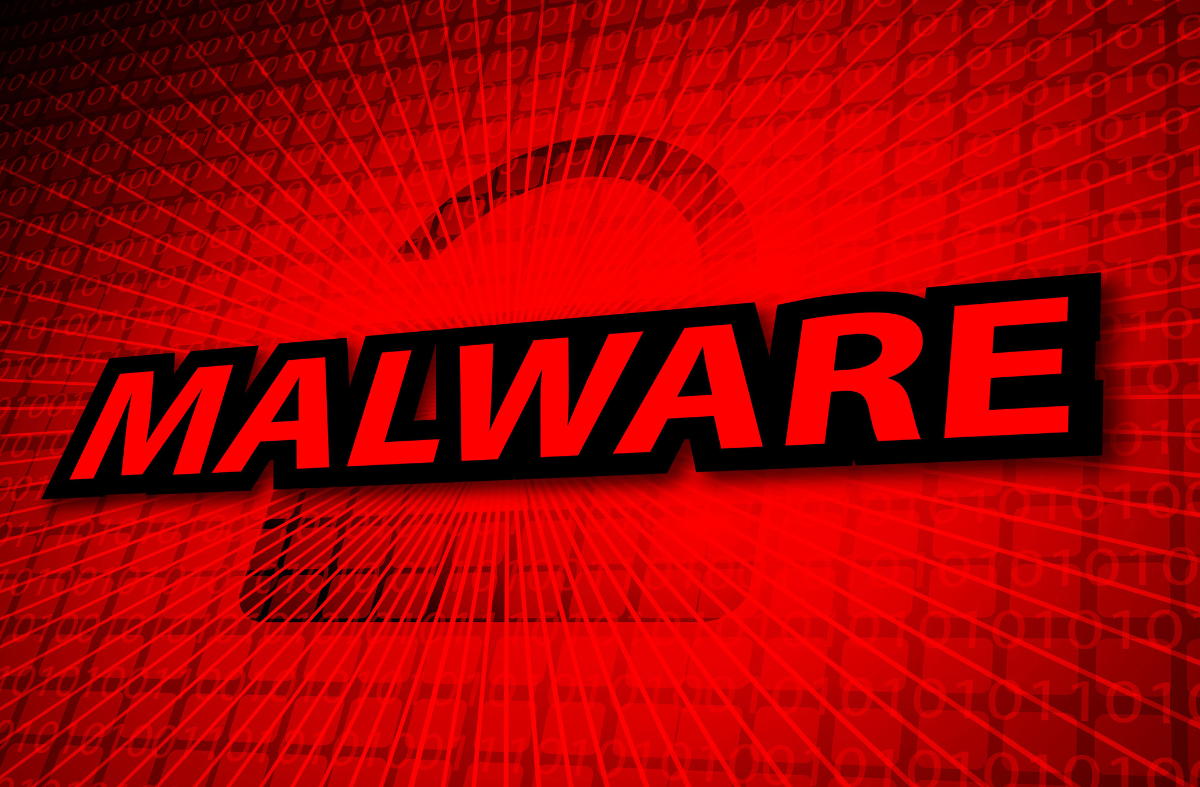"Unlock the power of real-time insights and drive your business towards success with our cutting-edge monitoring solutions."
Real-time Monitoring & Alerting
“In today’s fast-paced business environment, timely action is crucial. Our real-time monitoring and instant alerting solution empowers you to proactively identify issues and bottlenecks as they happen, ensuring uninterrupted operations and swift incident response.”
Real-time monitoring is the key to staying proactive in a dynamic business landscape. By continuously monitoring your systems, applications, and networks, you gain valuable insights into their health and performance. This allows you to identify anomalies, detect potential bottlenecks, and address emerging issues before they escalate into major problems.

Performance Optimization
Performance optimization plays a crucial role in safeguarding your digital assets effectively. By focusing on optimizing various aspects of your security operations, you can enhance your defenses, detect threats faster, and respond with agility. Here are key points highlighting the significance of performance optimization in cyber security.
- Efficient Threat Detection and Response
- Streamlined Compliance and Reporting
- Enhanced Incident Investigation and Forensics
- Continuous Monitoring and Analysis
- Improved Scalability and Resilience
MONITORING SOLUTIONS
The process of detecting cyber threats and data breaches is referred to as cyber security threat monitoring. IT infrastructure monitoring is an important component of cyber risk management because it allows organisations to detect cyber-attacks in their early stages and respond to them before they cause damage or disruption.
IMPORTANCE OF SECURITY MONITORING:
Most businesses are routinely exposed to security threats of varying severity in the normal course of business, ranging from hackers and malware to disgruntled or careless employees, outdated or otherwise vulnerable devices and operating systems, mobile and public cloud computing, and third-party service providers. Given the pervasiveness and unavoidability of security risks, quick response time is critical to maintaining system security, and automated, continuous security monitoring is critical to quick threat detection and response.
WORKING OF MONITORING SOLUTIONS:

Network monitoring employs a variety of techniques to test the network’s availability and functionality. Some of the more common general techniques used to collect data for monitoring software are listed below:
- Ping: A ping is one of the most fundamental techniques used by monitoring software to test hosts on a network. The monitoring system broadcasts a signal and records information such as whether the signal was received, how long it took the host to receive the signal, whether any signal data was lost, and so on. The data is then used to determine whether or not the host is active, how efficient the host is, the transmission time and packet loss experienced while communicating with the host, and other information.
- SNMP: Simple network management protocol (SNMP) monitors individual devices in a network through monitoring software. In this system, each monitored device has monitoring software installed that sends information about the device’s performance to a central SNMP manager. The manager collects this information in a database and analyzes it for errors. This is the most widely used protocol for modern network management systems.
- Syslog: Syslog is an automated messaging system that sends messages when an event affects a network device. Technicians can set up devices to send out messages when the device encounters an error, shuts down unexpectedly, encounters a configuration failure and more. These messages often contain information that can be used for system management as well as security systems.
- Scripts: In networks with gaps in network monitoring software functionality, scripts may be used to fill small gaps. Scripts are simple programs that collect basic information and instruct the network to perform an action within certain conditions. Scripts can also be used to collect data for network monitoring.
ADVANTAGES OF MONITORING SOLUTIONS:
Access real-time visibility of your digital footprint
Fully understand your evolving IT environments. Real-time asset and vulnerability discovery will map your known and unknown assets helping to visualize your overall security posture to pin-point vulnerabilities accurately. As vulnerabilities can be introduced at any time and your attack surface is constantly in a state of change which reinforces the critical need for a continuous monitoring solution.Assess your capacity to combat risk
Full visibility of your threat landscape empowers you to determine your digital health and subsequently gauge your ability to manage risk decisions. With detailed and continuous insight provided by this form of monitoring, you can use the information to adjust your security strategy accordingly and build a more robust security program.
Speed up and prioritize remediation
You can prioritise remediation efforts once you’ve identified your vulnerabilities and other potential attack vectors. The fact that this approach is continuous means you can be notified of a risk as soon as it appears, thus allowing you to resolve issues imminently to efficiently optimize your organization’s defense. Alerts should also include detailed descriptions of any discovered vulnerabilities.
Taking a proactive approach to security
Continuous monitoring enables you to secure your external environment before attacks occur rather than after they occur, reducing the likelihood of a successful breach. A productive, forward-thinking measure like CSM is much more effective than a reactive one, particularly in light of the rise in cyber attacks, including data leaks and XSS attacks. Firewalls, antivirus software, and other traditional protective methods are no longer adequate, and are easily rendered ineffective by sophisticated attacks.
Scaling security efforts
As new and emerging technology makes processes and operations faster and more efficient, new and unavoidable risks emerge. To protect data and systems from attacks around the clock, a scalable continuous security strategy is required. Scalable security is a strategy and toolkit that can increase or decrease capacity to support a larger or smaller load as demand changes.
Ensure compliance with data security regulations
Maintaining compliance with legal policies and regulations is becoming more difficult as security requirements become more stringent and the amount of sensitive data stored and transmitted increases. Compliance is critical because failure to do so can have serious consequences for an organisation.Compliance also gives your clients trust in your organization’s ability to handle their data. Implementing an uninterrupted measure like CSM provides both your organization and your customer base assurance, demonstrating integrity.
MONITORING SOLUTIONS MITIGATING YOUR PROBLEMS
- Monitoring your network can help in the early detection of problems which helps you react in a much better time and way to the warnings before they become a disaster for the company.
- IT monitoring tightens your grip on the overall performance of your IT infrastructure and allows you to precisely measure the performance of your system. It not only focuses on current performance issues, but it also provides an overview of other channels that may require improvements in the near future.
- IT monitoring enables you to identify and resolve IT performance issues much more quickly than would be possible without proactive monitoring. Your IT staff will struggle to get to the bottom of problems if no IT Monitoring software or system is in place.
- IT monitoring can have a significant impact on your company’s ROI. It will allow your IT team to spend less time monitoring your IT systems and more time providing value to your organisation.
QUERY
frequently asked questions
- A system monitoring tool is a component of hardware and (or) software that tracks the resources and performance of any system.
- Proactive, they help you identify and act on that risk before it becomes a reality.
- Network monitoring employs a variety of techniques to test the network's availability and functionality. Some of the more common general techniques used to collect data for monitoring software are listed below:
- Ping: A ping is one of the most fundamental techniques used by monitoring software to test hosts on a network. The monitoring system broadcasts a signal and records information such as whether the signal was received, how long it took the host to receive the signal, whether any signal data was lost, and so on. The data is then used to determine whether or not the host is active, how efficient the host is, the transmission time and packet loss experienced while communicating with the host, and other information.
- SNMP: Simple network management protocol (SNMP) monitors individual devices in a network through monitoring software. In this system, each monitored device has monitoring software installed that sends information about the device’s performance to a central SNMP manager. The manager collects this information in a database and analyzes it for errors. This is the most widely used protocol for modern network management systems.
- Syslog: Syslog is an automated messaging system that sends messages when an event affects a network device. Technicians can set up devices to send out messages when the device encounters an error, shuts down unexpectedly, encounters a configuration failure and more. These messages often contain information that can be used for system management as well as security systems.
- Scripts: In networks with gaps in network monitoring software functionality, scripts may be used to fill small gaps. Scripts are simple programs that collect basic information and instruct the network to perform an action within certain conditions. Scripts can also be used to collect data for network monitoring.

















